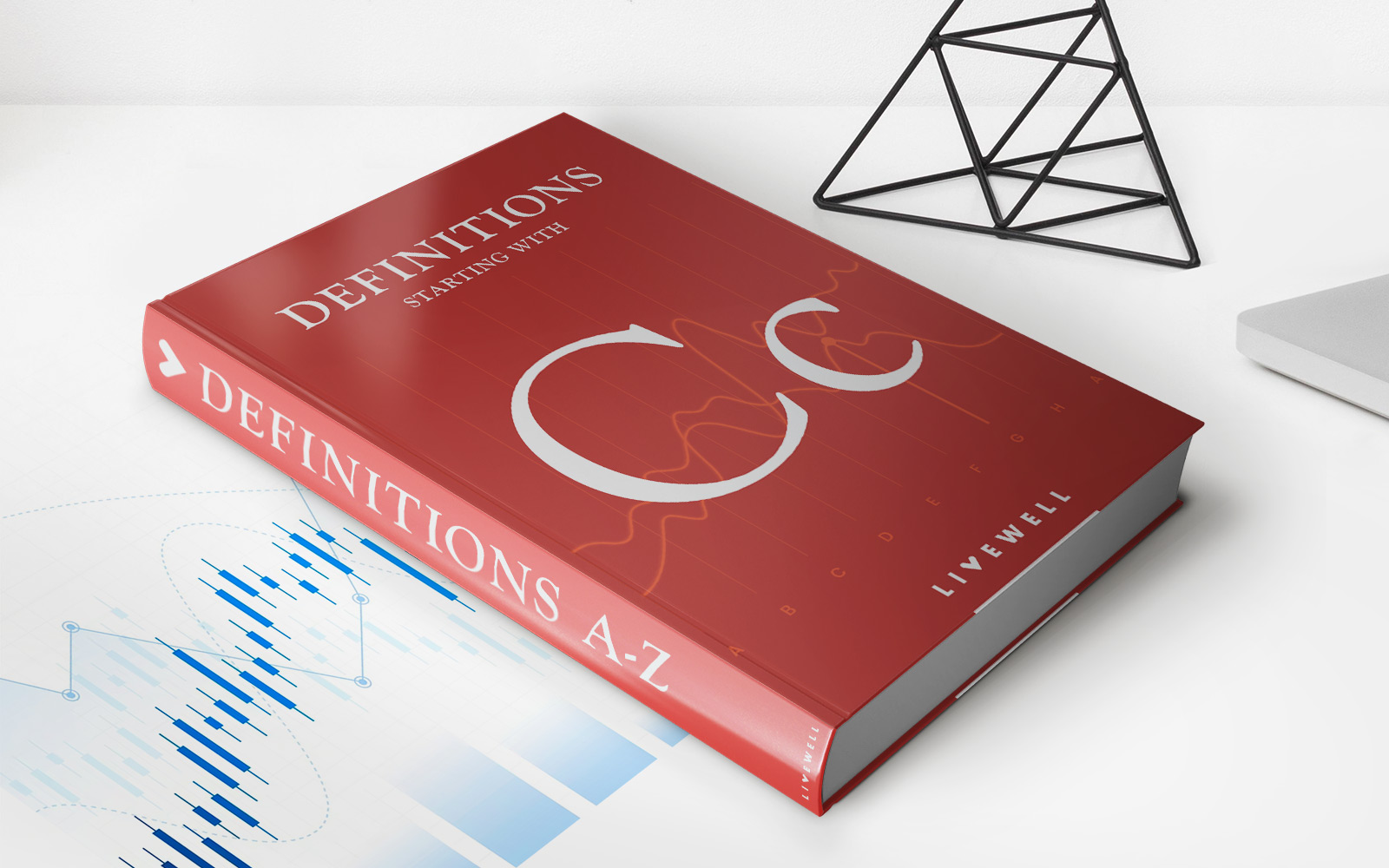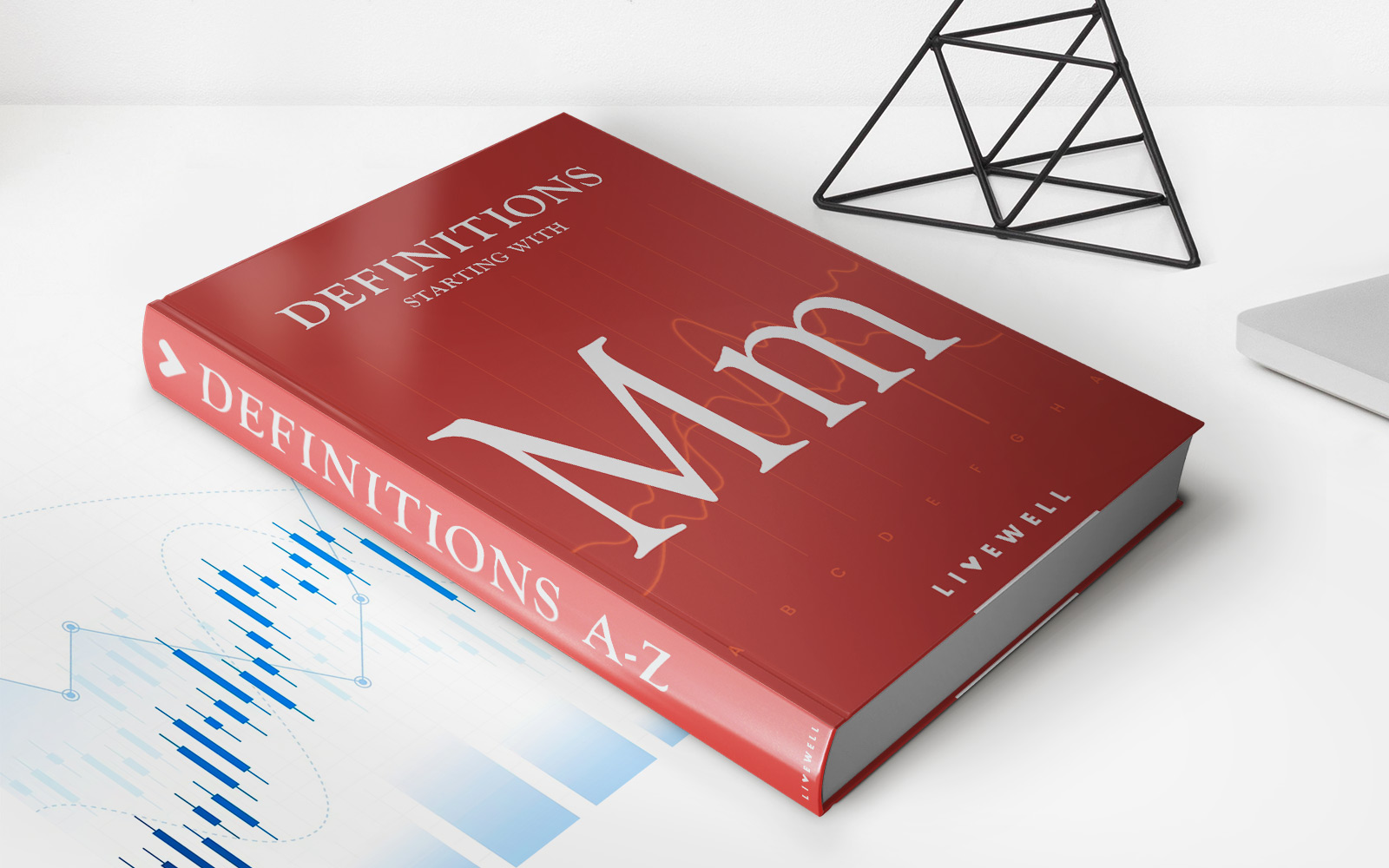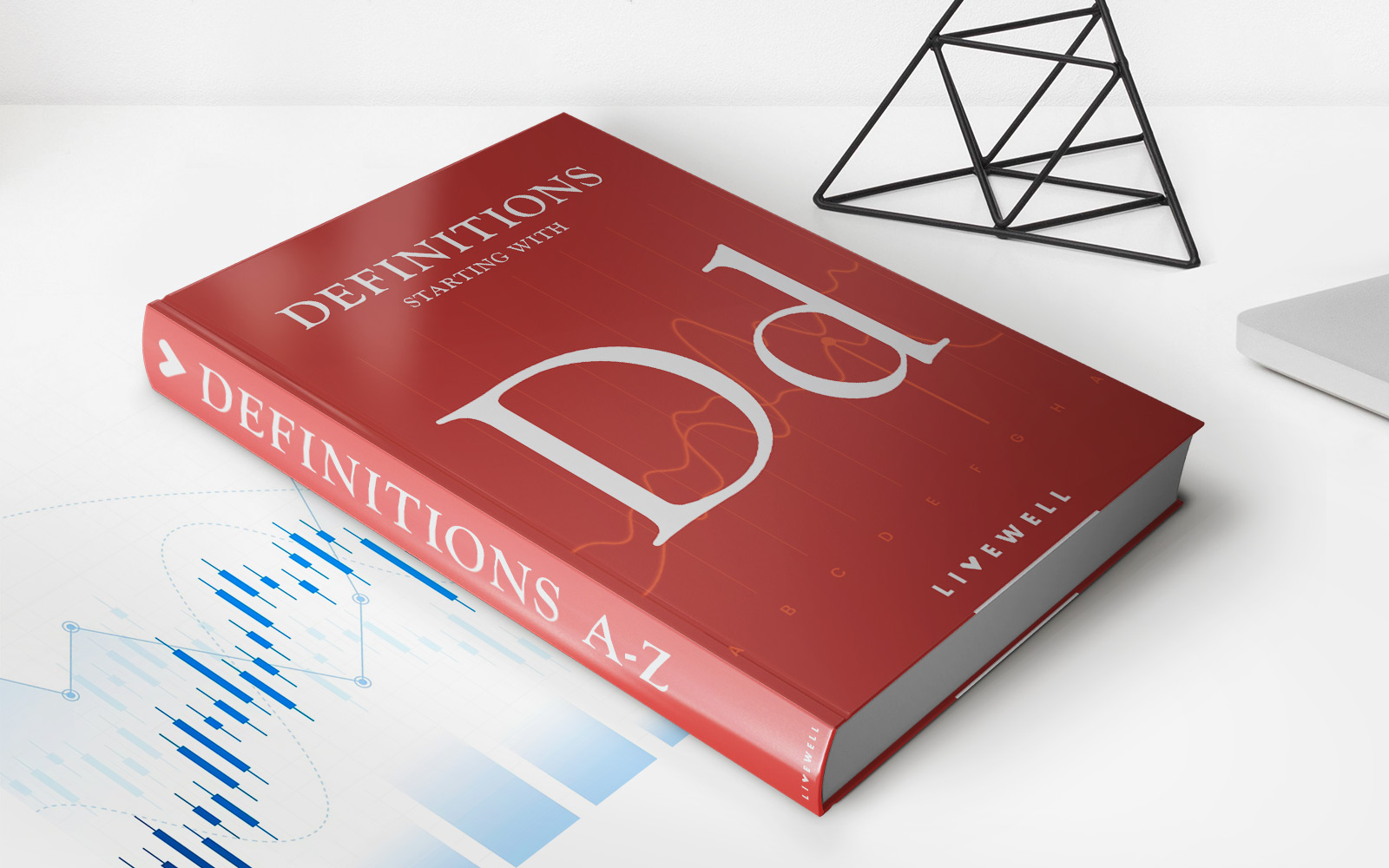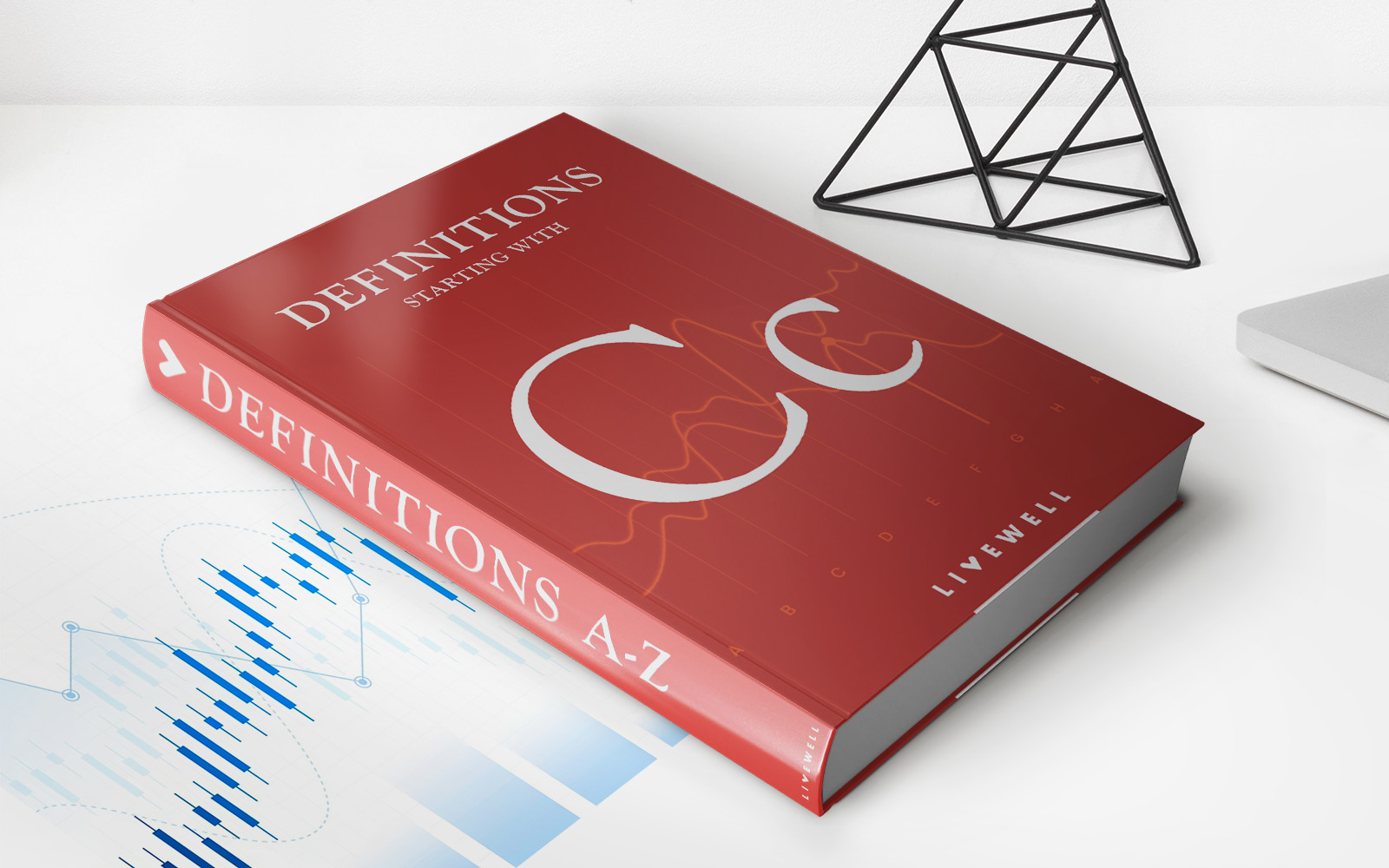

Finance
What Is A Loss In Insurance?
Published: November 20, 2023
Learn more about what a loss in insurance means and how it affects your finances. Explore the ins and outs of insurance losses to protect your financial well-being.
(Many of the links in this article redirect to a specific reviewed product. Your purchase of these products through affiliate links helps to generate commission for LiveWell, at no extra cost. Learn more)
Table of Contents
Introduction
Welcome to the fascinating world of insurance! In this comprehensive guide, we will dive into the concept of “loss” in insurance and unravel its significance within the realm of financial protection. Whether you’re a novice or a seasoned enthusiast, understanding the concept of loss is crucial for navigating the intricate landscape of insurance policies.
In the simplest terms, a loss in insurance refers to an event or occurrence that results in financial damage or detriment to the insured party. It could be anything from a car accident, a house fire, a burglary, or even a personal injury. The purpose of insurance is to mitigate the financial impact of such losses by providing compensation or reimbursement to the insured individual or entity.
The notion of loss in insurance is deeply interconnected with risk management. Insurance companies evaluate the probability and potential severity of different risks before offering coverage. They calculate the premiums based on the likelihood of a loss occurring and the potential costs associated with it. The higher the risk, the higher the premium.
By transferring the risk of potential losses to the insurance company, policyholders gain peace of mind, knowing that they have financial protection in case of unfortunate events. However, it is essential to note that insurance policies have limitations and exclusions, and not all types of losses are covered.
In the following sections, we will explore the various types of losses in insurance, delve into the perils covered by insurance policies, understand how the amount of loss is determined, and take a closer look at the claims process. So, let’s dive right in and unravel the intricacies of loss in insurance!
Definition of Loss in Insurance
When it comes to insurance, the term “loss” holds a specific meaning that differs from its general usage. In the context of insurance, a loss refers to any of the following:
- Physical damage or destruction of property: This includes events such as a house fire, natural disasters like earthquakes or floods, or vehicular accidents that result in damage to the insured property.
- Financial loss due to liability: Liability losses occur when the insured party is held responsible for causing harm or injury to another person or their property. For example, if a person is sued for a slip and fall accident that occurred on their premises, the resulting financial damages would be considered a liability loss.
- Personal injury or bodily harm: Losses involving personal injury or bodily harm refer to situations where an individual sustains physical injury or harm due to accidents, negligence, or other covered events. This can range from minor injuries to severe disabilities.
It is important to understand that the concept of “loss” is not limited to tangible or physical damages. It also encompasses the financial impact or deprivation suffered by the insured party as a result of covered events. This can include medical expenses, property repair or replacement costs, legal fees, and lost income or business revenue.
Insurance policies are designed to provide coverage for these types of losses, allowing the insured party to recover financially and minimize the impact of the event. The terms and conditions of coverage, including the specific events or perils covered, the limits of coverage, and the deductible, are outlined in the insurance policy contract.
It’s important to note that not all losses are covered by insurance policies. Certain types of events, such as intentional acts, fraud, or acts of war, may be excluded. Additionally, coverage may be subject to specific conditions, waiting periods, or exclusions as outlined in the policy.
Now that we have a clear understanding of the definition of loss in insurance, let’s explore the different types of losses that insurance policies typically cover.
Types of Losses in Insurance
Insurance policies cover a wide range of losses, providing financial protection to policyholders in various aspects of their lives. Here are some common types of losses that insurance policies typically cover:
- Property Loss: This refers to the damage or destruction of physical property owned by the insured. It includes incidents such as fire, theft, vandalism, natural disasters, and other covered perils.
- Liability Loss: Liability losses occur when the insured is held legally responsible for causing harm or damage to others. This could include bodily injury, property damage, or personal injury arising from accidents or negligence.
- Personal Injury Loss: Insurance policies, such as health or disability insurance, provide coverage for personal injury losses. This includes medical expenses, rehabilitation costs, and lost wages due to injury or illness.
- Business Interruption Loss: For businesses, interruptions in operations due to covered events, such as fire, natural disasters, or equipment failure, can result in financial losses. Business interruption insurance can help cover lost income and additional expenses incurred during the interruption period.
- Auto Loss: Insurance policies covering automobiles provide protection for losses related to accidents, theft, vandalism, and damage caused by covered perils. This includes coverage for both property damage and bodily injury.
- Loss of Life: Life insurance provides financial coverage in the event of the insured’s death. It offers a payout to the designated beneficiaries, mitigating the financial impact of the loss.
- Loss of Income: Disability insurance or income protection insurance is designed to provide a source of income in the event the insured is unable to work due to injury or illness, resulting in a loss of income.
It is important to note that the specific types of losses covered can vary depending on the type of insurance policy and the terms and conditions outlined in the policy contract. It’s crucial for individuals and businesses to review and understand their policy coverage to ensure they are adequately protected against potential losses.
Now that we have explored the types of losses typically covered by insurance, let’s move on to understand the perils that insurance policies protect against.
Perils Covered by Insurance
Insurance policies are designed to provide coverage against specific risks or perils that can result in financial losses. These perils can vary depending on the type of insurance and the specific policy. Here are some common perils that insurance policies often cover:
- Fire and Smoke: Insurance policies, such as homeowner’s insurance or property insurance, typically cover losses caused by fire or smoke damage to the insured property.
- Severe Weather Events: Coverage against perils like hurricanes, tornadoes, hailstorms, and windstorms are commonly included in property insurance policies, protecting the insured property against resulting damages.
- Theft and Vandalism: Insurance policies often provide coverage for losses resulting from theft or vandalism, whether it is personal belongings or property within a commercial setting.
- Accidents and Collisions: Auto insurance policies protect against losses caused by accidents, collisions, and damage to the insured vehicle, as well as any resulting bodily injuries.
- Medical Expenses: Health insurance policies offer coverage for various medical expenses, including hospitalization, surgeries, doctor visits, and prescription medications.
- Personal Liability: Insurance policies, such as homeowner’s insurance or personal liability insurance, cover losses resulting from personal injury or property damage for which the insured is held legally responsible.
- Natural Disasters: Depending on the geographic location, insurance policies may offer coverage against losses caused by earthquakes, floods, tsunamis, or other natural disasters that are common to the area.
It’s important to carefully review the specific policy terms to understand the perils covered, as not all policies provide the same level of coverage for each peril. Insurance providers may also offer additional coverage options that can be tailored to specific needs or unique risks.
While insurance policies aim to provide coverage for a wide range of perils, it’s essential to be aware of any exclusions or limitations mentioned in the policy. Some perils, such as acts of terrorism or intentional acts, may not be covered by standard insurance policies and may require specialized coverage.
Now that we have looked at the perils typically covered by insurance, let’s explore how the amount of loss is determined in insurance claims.
Determining the Amount of Loss
When a loss occurs and a claim is filed with an insurance company, the next step is to determine the amount of loss. This process involves assessing the extent of the damage or financial impact and calculating the appropriate compensation or reimbursement. Several factors are taken into consideration when determining the amount of loss:
- Policy Coverage: The first step in assessing the amount of loss is to review the insurance policy terms and conditions. This includes understanding the limits of coverage, deductibles, and any specific exclusions or limitations that may apply.
- Pre-loss Value: For property-related losses, the pre-loss value is determined, which is the value of the property or asset before the loss occurred. This value serves as a benchmark for assessing the amount of loss and determining the compensation.
- Extent of Damage: The extent of damage or loss is evaluated to determine the financial impact. Qualified professionals, such as adjusters or appraisers, may be involved in assessing the damage and estimating the cost of repairs or replacement.
- Market Value: In some cases, the market value of the property or asset at the time of loss may be considered when determining the amount of loss. This is especially applicable to assets such as real estate or vehicles.
- Replacement Cost: For property losses, the cost of replacing the damaged or destroyed item may be taken into account. This includes factors such as the current market value, depreciation, and the cost of comparable replacements.
- Actual Cash Value: Actual cash value (ACV) is often used to determine the amount of loss. It considers the pre-loss value of the property or asset and factors in any depreciation based on its age, condition, and market value.
- Expert Assessments: Depending on the nature and complexity of the loss, insurance companies may seek expert opinions or assessments to determine the amount of loss. This can include consulting with professionals such as engineers, medical professionals, or legal experts.
Once the amount of loss has been determined, the insurance company will process the claim and provide the appropriate compensation or reimbursement as outlined in the policy. It’s important to keep in mind that the final settlement may also be subject to any applicable deductibles, policy limits, and coverage restrictions.
Now that we understand how the amount of loss is determined, let’s delve into the claims process for losses in insurance.
Claims Process for Losses in Insurance
When a loss occurs, filing an insurance claim is the next step in seeking compensation for the financial impact. The claims process typically involves the following steps:
- Notification: The first step is to contact the insurance company to report the loss and initiate the claims process. This can usually be done online, over the phone, or through a mobile app. Promptly notifying the insurer is critical to ensure a smooth claims process.
- Documentation: The insured party will need to provide documentation supporting the claim, such as photographs of the damage, police reports, medical records, or any other relevant evidence. This documentation helps establish the extent of the loss and aids in the assessment process.
- Claim Assessment: Once the claim is filed and the documentation is submitted, the insurance company will assign an adjuster to assess the claim. The adjuster will evaluate the evidence, assess the amount of loss, and verify that the claim falls within the terms and conditions of the policy.
- Claim Settlement: Once the claim is assessed and approved, the insurance company will offer a settlement amount. This amount may be based on the policy coverage limits, deductibles, depreciation, or other applicable factors. The insured party has the option to accept the settlement or negotiate for a different amount if they believe it is not sufficient.
- Payment: Once the settlement amount is agreed upon, the insurance company will disburse the payment to the insured party. In some cases, payments may be made directly to repair shops, medical facilities, or other service providers involved in the claim.
- Resolution: With the payment received, the insured party can now proceed with repairing or replacing the damaged property, covering medical expenses, or addressing other financial losses resulting from the covered event. It is important to keep a record of all expenses related to the loss for future reference.
The duration of the claims process can vary depending on the complexity of the loss, the availability and accuracy of the documentation provided, and the efficiency of the insurance company. It is essential to maintain open communication with the insurance company throughout the process and promptly provide any additional information or documentation they may request.
In cases where there is a dispute or disagreement regarding the claim, it may be necessary to engage in further negotiations or seek legal assistance to resolve the matter.
Now that we have covered the claims process, let’s summarize our understanding of the concept of loss in insurance in the concluding section.
Conclusion
Understanding the concept of loss in insurance is essential for anyone seeking financial protection and peace of mind. In this comprehensive guide, we have explored the definition of loss in insurance, the types of losses typically covered, the perils insurance policies protect against, the process of determining the amount of loss, and the claims process for filing and settling insurance claims.
Losses in insurance can encompass a wide range of events, including property damage, liability claims, personal injuries, business interruptions, and more. Insurance policies are designed to provide coverage for these losses, mitigating the financial impact and allowing individuals and businesses to recover and rebuild.
Perils covered by insurance include fire, theft, severe weather events, accidents, medical expenses, personal liability, and natural disasters, among others. It is important to review policy terms and conditions to understand the extent of coverage for specific perils.
When a loss occurs, insurance companies assess the amount of loss by considering factors such as policy coverage, pre-loss value, extent of damage, market value, replacement cost, actual cash value, and expert assessments. The claims process involves notifying the insurance company, providing documentation, assessing the claim, settling the claim amount, and ultimately receiving payment.
By understanding the intricacies of loss in insurance and actively engaging in the claims process, policyholders can ensure a smoother experience and maximize the benefits of their insurance coverage.
Remember, insurance policies differ in their coverage, terms, and limitations, so it’s crucial to carefully review and understand your specific policy to know what losses are covered and the steps to take in the event of a loss.
With this knowledge in hand, you can make informed decisions about the appropriate insurance coverage that aligns with your needs and helps safeguard you from the financial uncertainties that may arise from unexpected events.
While insurance cannot prevent losses from occurring, it serves as a valuable tool in protecting against their financial repercussions. Stay informed, stay protected, and enjoy the peace of mind that comes with being prepared for life’s uncertainties.














